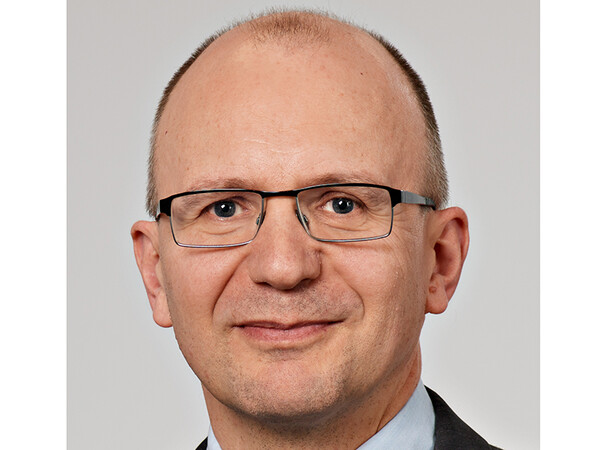Stuck …
Lift fitters face great difficulties looking for parking spaces just as often as tradespeople. They are often the victims of modern traffic concepts, just like their customers.
A comment by Dr Peter Hug
Germany has beautiful cities, at least in part. And the cities have fine-sounding goals, such as reducing harmful emissions, e.g. of fine particulate matter or cutting CO2. At the same time, public spaces are to be improved through traffic reduction measures and the safety of pedestrians and cyclists enhanced. All goals worthy of unrestricted support.
New traffic policy measures are constantly being announced and implemented to achieve these goals. There are enough examples from the big centres, some even that become known nationally, such as the closure of Friedrichstraße in Berlin. Car-free or low traffic zones are set up, one-way streets defined, vehicle barriers established in districts or environmental zones; in future, local combustion engine bans will probably be introduced. As in London, city tolls are being considered in some locations.
Victims of modern traffic concepts
 Peter Hug, managing director of the Trade Association Lifts and Escalators in the VDMA. Photo: © VDMA
Peter Hug, managing director of the Trade Association Lifts and Escalators in the VDMA. Photo: © VDMAFor lift builders and service technicians in particular, this is seldom good news. Just like heating and sanitation fitters or electricians, lift fitters are also often the victims of modern traffic concepts. The problem lies in driving to the building and then above all looking for a parking space. This is how many a service technician has found themselves stuck. Not in the lift, of course: in traffic.
And woe if you discover a parking space after a lengthy search and this is on the pavement. I know from practical experience: this costs 55 euros since inflation caught up with the fines imposed.
No revenue while looking for a parking space
But what is even more expensive and annoying: this drastically reduces the productivity of service technicians and tradespeople, customer satisfaction drops along with long waiting times and unlike taxi drivers with passengers, technicians in traffic jams or driving in circles produce no revenue.
Municipalities usually fail to consider these problems. But they should: a burst water pipe is bad but passengers stuck in lifts do not want to wait longer than necessary for their liberation. Municipal politicians often know little about the specific transport and parking requirements of service technicians and tradespeople.
I do not know of any studies on this subject either. Clearly an area that requires more research. Consequently, the extent of vehicular traffic involving tradespeople and service technicians is usually unknown. There continues to be an obvious lack of awareness of cities' dependency on the services of technicians and tradespeople.
Virtue signalling is romantic …
The vehicles of service technicians are simultaneously rolling spare parts warehouses and workshops. There actually were suggestions to set up central inner-city warehouses for all trades and deliver the parts using cargo bikes. That definitely would not work in practice."
Virtue signalling is no doubt beautiful and romantic. But trapped passengers do not appreciate the longer waiting times such traffic policy measures involve - just like the house occupants standing in their basements with a bucket after a burst pipe.
What counts for the lift sector together with tradespeople is always showing up and communicating the requirements of our sectors to municipal politicians and traffic experts. No quick solution is in sight. But perhaps persistence will lead to success here too. At any rate, the subject is now on the agenda at the Trade Association Lifts and Escalators and together with the Central Association of German Handicrafts, we are working on the subject and with the politicians responsible.
The author is managing director of the Trade Association Lifts and Escalators in the VDMA.
More information: www.vdma.org






















Write a comment